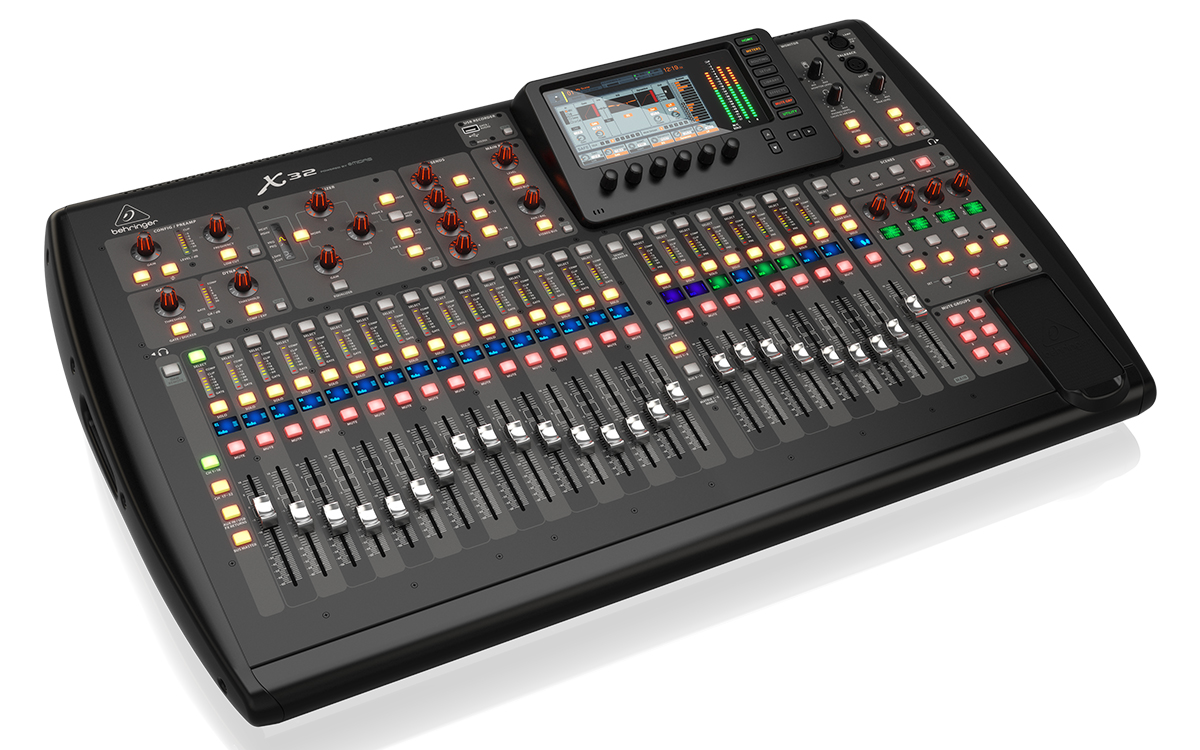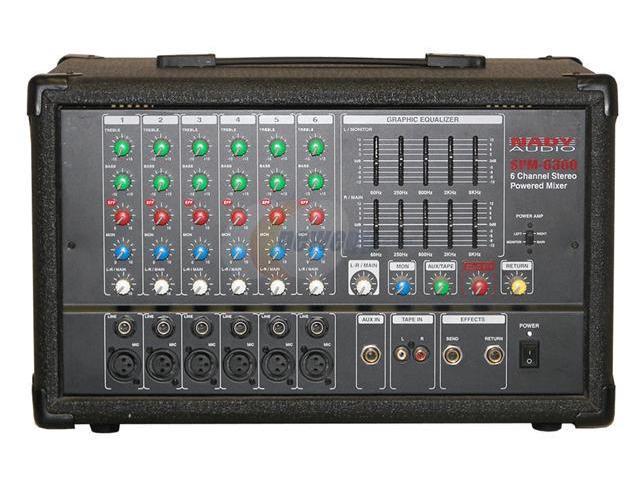

ImageDataGenerator class allows you to randomly rotate images through any degree between 0 and 360 by providing an integer value in the rotation_range argument. Image rotation is one of the widely used augmentation techniques and allows the model to become invariant to the orientation of the object. Now let’s have a look at a few augmentation techniques with Keras ImageDataGenerator class.Īugmentation techniques with Keras ImageDataGenerator class 1. But on using it, we are loading the images in batches which saves a lot of memory. This is so because without using this class, we load all the images at once. If it was, in fact, the case, then the model would be seeing the original images multiple times which would definitely overfit our model.Īnother advantage of ImageDataGenerator is that it requires lower memory usage. But it only returns the transformed images and does not add it to the original corpus of images. ImageDataGenerator class ensures that the model receives new variations of the images at each epoch. Meaning it is generating augmented images on the fly while your model is still in the training stage. However, the main benefit of using the Keras ImageDataGenerator class is that it is designed to provide real-time data augmentation. You can find more on its official documentation page. It provides a host of different augmentation techniques like standardization, rotation, shifts, flips, brightness change, and many more. Keras ImageDataGenerator class provides a quick and easy way to augment your images. Now, let’s see how it’s done with the good old Keras library! So, with just a few lines of code, you can instantly create a large corpus of similar images without having to worry about collecting new images, which is not feasible in a real-world scenario. Also, the model becomes more robust when it is trained on new, slightly altered images. These image augmentation techniques not only expand the size of your dataset but also incorporate a level of variation in the dataset which allows your model to generalize better on unseen data. And so, we use it is quite often for building deep learning models. Each copy, however, is different from the other in certain aspects depending on the augmentation techniques you apply like shifting, rotating, flipping, etc.Īpplying these small amounts of variations on the original image does not change its target class but only provides a new perspective of capturing the object in real life. Image augmentation is a technique of applying different transformations to original images which results in multiple transformed copies of the same image.

If not, I suggest going through the following resources first: I am assuming that you are already familiar with neural networks. This will not only make your model robust but will also save up on the overhead memory! Now let’s dive deeper and check out the different ways in which this class is so great for image augmentation. Keras ImageDataGenerator is a gem! It lets you augment your images in real-time while your model is still training! You can apply any random transformations on each training image as it is passed to the model. I have got to admit, I used to do this until I stumbled upon the ImageDataGenerator class. augmenting images and storing them in a numpy array or in a folder. But many people use the conservative way of augmenting the images i.e. You can come up with new transformed images from your original dataset. The image augmentation technique is a great way to expand the size of your dataset.

It was in times like these when I came across the concept of image augmentation. When working with deep learning models, I have often found myself in a peculiar situation when there is not much data to train my model.


 0 kommentar(er)
0 kommentar(er)
